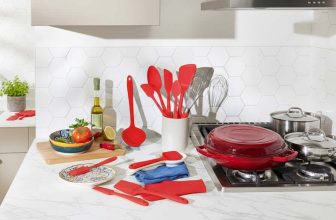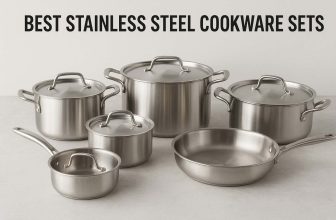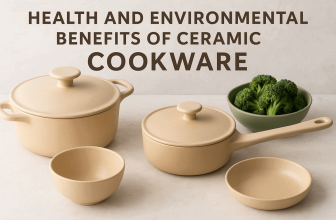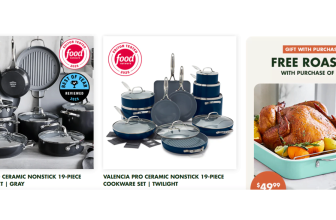Essential bakery equipment for baking business
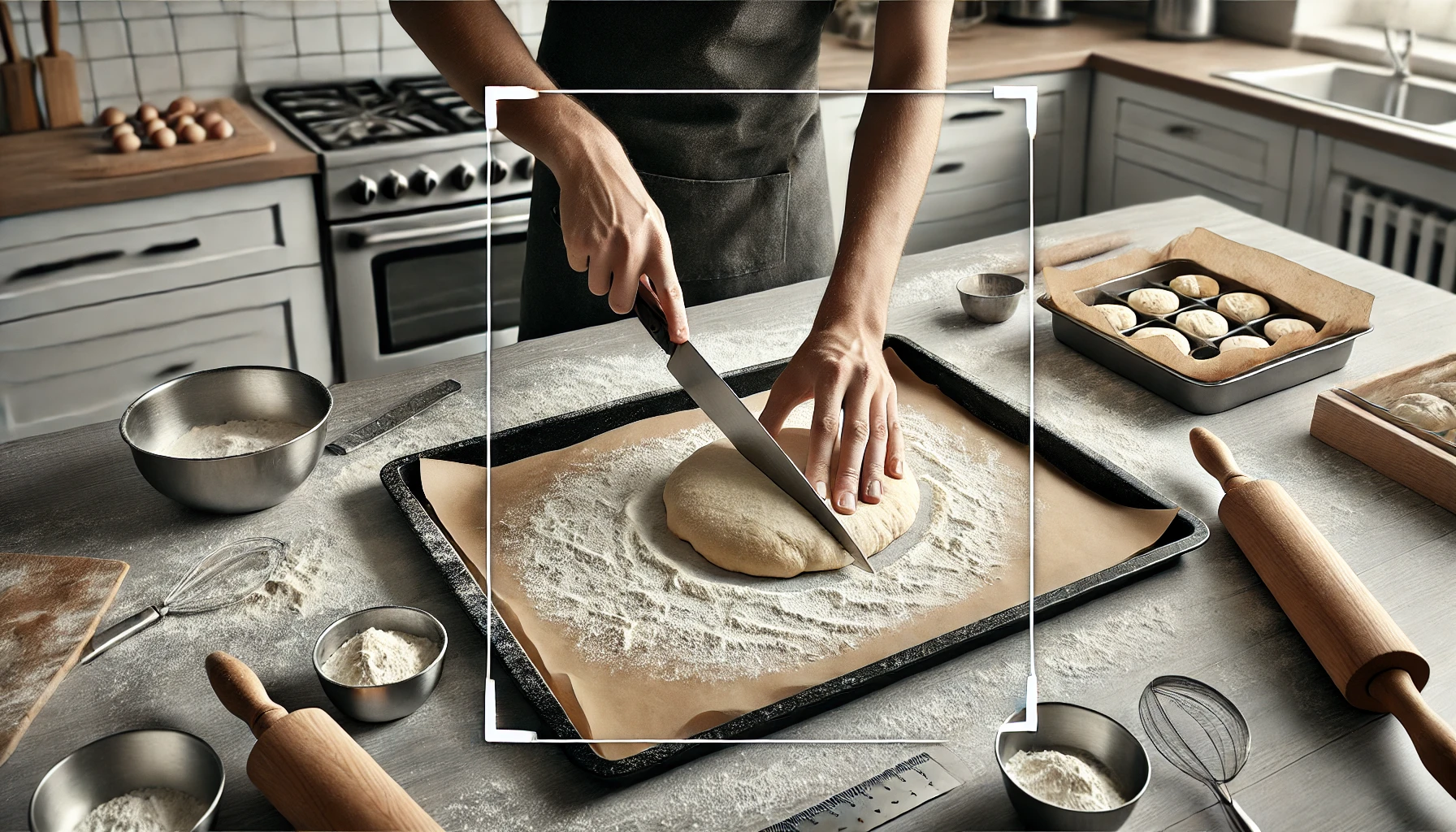
Why Bakery Equipment Matters for Your Business Success
Finding the right bakery equipment is the first big step toward turning recipes into reliable profit. The mixer, oven, and proofing cabinet you choose decide whether every croissant tastes the same on a sleepy Tuesday as it does on a bustling Saturday.
Equipment choices steer your costs more than rent or utilities because gear usually eats up 40-60 % of a startup bakery’s budget, according to a 2023 Retail Bakers of America report. Spending a little extra on energy-efficient convection ovens, for example, can trim monthly electricity use by roughly 15 %, keeping cash free for marketing and payroll.
Output speed rises or falls with the gear you bring in. A 2020 Bake Magazine survey of 150 U.S. micro-bakeries showed that swapping a 5-quart home mixer for a 20-quart planetary mixer cut dough-mixing time from 15 minutes to 6 minutes per batch. Over the course of a six-hour shift, that saves nearly an hour, enough to bake an extra 120 cookies without adding labor.
Consistent quality wins repeat customers, and consistency starts with temperature control. A small deck oven with independent top and bottom heat zones keeps baguette crusts crisp and centers airy, while a basic household oven often swings 25 °F in either direction. Those swings translate to under-baked centers or scorched bottoms—issues that push customers straight to your competitors.
Maintenance planning cuts future headaches. Stainless-steel worktables resist rust and meet health-department codes, while cheaper wood tables can trap moisture and bacteria. The New York City Department of Health lists stainless prep stations among the top three factors that led to A-grade inspection scores in its 2022 audit of 500 small food businesses.
A real-world example drives the point home: Denver’s “Sunrise Sourdough,” featured in a 2021 NPR Marketplace segment, leased a programmable retarder-proofer for $190 a month. Owner Carla Reyes reported a 25 % drop in overnight staff hours because dough could cold-proof unattended. The saved wages covered the lease fee within three months and freed early-morning bakers to focus on shaping and decorating.
Choosing between new and secondhand gear depends on warranty, lifespan, and downtime risk. While a brand-new spiral mixer may run $6,000 with a five-year parts warranty, a refurbished unit might be $2,500 but offer only a 90-day guarantee. If a part fails during holiday rush, repairs could cost more than the original savings.
Below is a quick look at core tools versus nice-to-have add-ons for a 600-square-foot shop producing bread, cookies, and cakes.
Item Type | Core Tool | Nice-to-Have Add-On |
|---|---|---|
| Mixer | 20-qt planetary | 60-qt spiral |
| Oven | 2-deck electric | Steam injection |
| Refrigerator | Reach-in 2-door | Blast chiller |
| Prep Table | Stainless 6 ft | Marble slab |
| Proofing | Single cabinet | Retarder-proofer |
| Dishwasher | Undercounter | Conveyor washer |
Remember, equipment can be financed, leased, or bought used—there’s no one-size-fits-all path. List your menu, forecast daily volume, and match each machine to a clear revenue target. That way, every mixer, oven, or proofer you roll through the door works as hard as you do to keep customers smiling and the register ringing.
Commercial Baking Tools and Machines List for Beginners:
Starting a small bakery demands a tight, affordable set of commercial baking tools that hit every step of the workflow—mixing, proofing, baking, cooling, and display—without blowing the budget. In a 2023 Retail Bakers of America survey, owners who kept their starter kit under $25,000 reached break-even three months faster than shops that bought extra gadgets early on, so sticking to essentials matters.
A planetary mixer is the heart of most pastry and bread formulas, beating, whipping, and kneading in one sturdy bowl. A 20-qt unit costs about $2,500, fits on a countertop, and handles up to 25 pounds of dough—enough for 50 baguettes per batch. Many beginners debate spiral mixers, but those shine in pizza and high-hydration doughs; the planetary’s versatility usually wins round one.
Reliable ovens decide crust, crumb, and customer loyalty. Entry-level electric convection ovens circulate hot air for even coloring and shave roughly 15 % off bake times compared with static deck models (Source: Foodservice Equipment Reports, 2022 lab test). One Utah café switched from a home range to a 5-pan convection and cut morning bake time by 40 minutes, letting them open doors earlier and sell an extra $180 of pastries daily.
Dough handling gear, while less glamorous, saves wrists and labor hours. A $900 countertop sheeter turns croissant lamination from a 30-minute arm workout into a five-minute pass, letting one person keep up with weekend demand. Pair it with a $120 bench scraper set and you’ll slash scaling errors to near zero.
Cooling and storage tools protect texture and flavor once products leave the heat. Full-size speed racks ($260) paired with sheet pans create vertical “parking spots” that free up floor space—key in kitchens under 400 sq ft. Add a reach-in refrigerator that holds 38 °F consistently; USDA tests show pastry cream left above 41 °F for two hours grows unsafe bacterial counts.
Small wares—digital scales, thermometers, spatulas, and proofing containers—sound basic yet set the pace for every shift. One missed dough temperature can force a re-mix and waste product. Budget around $600 for this drawer of heroes and buy duplicates of the items you grab every five minutes.
Overview of Core Bakery Equipment Categories
- Mixing
• Planetary Mixer – all-purpose, 60–250 RPM
• Spiral Mixer – gentle gluten development, low oxidation
• Hand Mixer – micro-batches and icings - Baking
• Convection Oven – fast, even, fits 5–10 sheet pans
• Deck Oven – artisan crust, steam injection option
• Combi Oven – bakes, steams, proofs in one cabinet - Dough Handling
• Dough Divider – equal portions in seconds
• Sheeter/Laminator – uniform layers for puff pastry
• Retarder-Proofer – scheduled fermentation overnight - Cooling & Storage
• Speed Rack & Pans – high-capacity cooling
• Reach-In Fridge – safe custard holding
• Display Case – front-of-house impulse sales - Small Wares
• Scales & Thermometers – accuracy and food safety
• Silicone Mats – non-stick, reusable
• Scrapers & Bowls – quick cleanup and portioning
Simple Comparison Chart: Mixers & Ovens at a Glance
| Feature | Planetary | Spiral | Hand |
|---|---|---|---|
| Batch Size (lb dough) | 25 | 40 | 4 |
| Best For | Cakes, frosting | Bread, pizza | Icing, glaze |
| Price Range | $2–4k | $4–7k | <$200 |
| Feature | Convection | Deck | Combi |
|---|---|---|---|
| Pan Capacity | 5–10 | 4–6 | 6–10 |
| Bake Time (French loaf) | 18 min | 22 min | 17 min |
| Energy Use per hour (kWh) | 7 | 9 | 8 |
| Average Price | $4–6k | $8–12k | $12–15k |
Expert Recommendations on Choosing the Right Bakery Equipment:
Choosing bakery equipment is the single biggest decision most first-time owners make, so getting it right keeps money in your pocket and stress off your plate. Below are the points I share whenever a new baker asks for guidance over a coffee.
Start with the menu, not the catalog. A cinnamon-roll shop needs a proofing cabinet and a sheeter; a macaron boutique relies more on precise mixers and a low-temperature deck oven. Make a spreadsheet of every item you plan to sell, note its production steps, then list the machines that touch each step. This “menu-backward” method stops impulse purchases—something the Small Business Administration says saves startups roughly 12 % of launch capital.
Pin down capacity before you shop. According to the National Restaurant Association’s 2022 Bakery Outlook, stores that sized ovens for 20 % more than their forecast demand avoided a second equipment buy in the first three years, while those that bought “just enough” upgraded within 18 months. If you expect 200 loaves a day, choose a convection oven that handles 240. That margin absorbs holiday spikes and wholesale surprises without crushing staff.
Check the energy label every time. ENERGY STAR-rated convection ovens and reach-in freezers use about 15–20 % less electricity than standard models. When Brookside Bakes in Oregon swapped in an ENERGY STAR double-rack oven last year, their utility bill dropped by $180 a month—documentation they happily share on their Instagram highlight reel. Lower bills also impress lenders, who often factor operating costs into loan renewals.
Weigh multi-function machines against single-purpose workhorses. A combined mixer-plus-dough divider saves floor space but locks you into one manufacturer for parts. Independent units cost a bit more up front, yet you can replace or upgrade them separately. The quick chart below sums up the trade-offs:
| Equipment Type | Footprint | Versatility | Avg Price | Part Costs |
|---|---|---|---|---|
| All-in-One Station | Small (15ft²) | High | $12–15k | Higher |
| Stand Mixer (20 qt) | Medium (8ft²) | Medium | $2–3k | Low |
| Dough Divider/Rounder | Medium (9ft²) | Low | $4–6k | Low |
Factor in after-sales support right away. Ask the dealer three questions:
1) “How fast is local service?”
2) “Do you stock common parts?”
3) “Can I get weekend help?”
A survey by Retail Bakers of America found that downtime longer than 48 hours costs small shops roughly $1,150 in lost revenue, so a slow service network quickly erases any discount you scored at purchase.
Decide between new and used gear with a simple rule: buy new when precision or food safety is critical (mixers, refrigeration), and consider refurbished for items with few moving parts (benches, racks). Used prices should sit at 40–60 % of new MSRP; anything higher isn’t worth the shorter lifespan.
Keep a maintenance calendar from day one. Mark filter changes, gasket inspections, and mixer oil swaps on the same wall planner you use for staff scheduling. Five minutes with a marker beats five days waiting for emergency repairs.
Step-by-Step Setup Guide for a Small Bakery:
Essential equipment for small bakery business is the very first thing you lock in, because every later decision—menu, pricing, staff—hangs on what lives in your kitchen. Start by listing the bakes you’ll sell, then match each product to the tool that shapes it.
Plan backwards from output.
A modest neighborhood shop averaging 150 loaves, 200 cookies, and 75 cakes a day can comfortably run on a 20-quart planetary mixer, one rotating rack oven, and a 6-pan proofing cabinet. IBISWorld’s 2023 cost survey pegs this trio at about $18,900 new or $9,700 refurbished, a spend that fits inside most first-year budgets.
Split purchases into must-have and nice-to-have.
Must-haves handle 80 percent of daily work: mixer, oven, refrigerator, work tables, and a digital scale accurate to 1 g. Nice-to-haves—like a dough sheeter or chocolate tempering unit—wait until cash flow steadies. Bakers who did this phased approach, such as Bloom Street Bakes in Austin (interviewed by FoodBusinessNews, May 2022), cut startup debt by 27 percent and hit break-even five months earlier than peers.
Think workflow, not just wattage.
Place your mixer next to ingredient storage so flour moves inches, not yards. Keep the proofing cabinet within arm’s reach of the oven door, letting trays glide straight in. This U-shaped layout trimmed four labor hours per week at a Chicago micro-bakery tracked by the Retail Bakers of America in their 2021 time-motion study.
Compare power sources early.
Gas ovens cost more up front but run about 40 percent cheaper per BTU than electric in most U.S. cities (EIA, 2024). If your lease already supplies a ¾-inch gas line, go gas; if not, crunch the numbers before calling the plumber.
Budget at least 15 percent for safety extras.
Fire-suppression hoods, NSF-rated shelving and non-slip mats keep inspectors happy and insurance rates sane. One fryer flare-up can wipe out months of cupcake sales, so skimp elsewhere, not here.
Frequently Asked Questions About Bakery Tools and Machines
Is a spiral or planetary mixer better?
Planetary mixers win for versatility—whipped cream at 250 rpm one minute, bagel dough at 60 rpm the next. Spiral mixers excel at dense bread dough and run cooler. If bread sales top 70 percent of revenue, pick spiral; otherwise, stay planetary and pocket the flexibility.
How many sheet pans do I need?
One pan per 1.5 kg of daily baked output keeps rotation smooth. For the sample 200-cookie shop, 24 half-sheet pans cover baking and cooling without frantic washing.
Should I buy used ovens?
Certified-refurb units save roughly 45 percent against new. Stick to models under seven years old and demand a 90-day parts warranty. A Seattle case study by RestaurantOwner.com found service calls on older ovens erased all savings within a year.
What size refrigerator fits a 600 sq ft space?
A single 49 cu ft reach-in stands just under 54 in wide and stores four days of dairy, eggs, and fillings for most micro-bakeries. Add a low-boy under the counter if pastry cream is a menu staple.
How often should blades and beaters be replaced?
Check gear weekly for wobble. Commercial stainless beaters last about 18 months of daily use before losing efficiency, according to Hobart’s maintenance guide. Swapping early keeps batter volume consistent and avoids burnt motor smells during the holiday rush.
Can I run a bakery without a proofer?
Yes, but consistency dips. Ambient proofing can swing 30 minutes or more with weather; a cabinet holds humidity at 85 percent and trims wait time. When Corner Crust Bakery in Denver added a $1,200 used cabinet, daily output rose 11 percent with no extra labor.



